Did you know that “World Piano Day” is always celebrated on the 88th day of the year? The reasoning is relatively simple, 88 keys on the piano, celebration on the 88th day of the year, get it? Basically, that means that “World Piano Day” is celebrated at the end of March, and such is the case again in 2024.
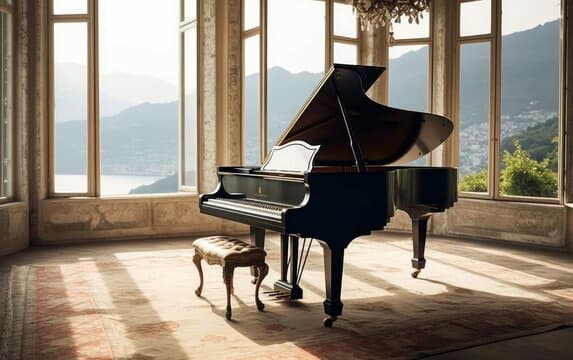
Grand piano
“World Piano Day” was the brainchild of German pianist composer Nils Frahm, as he decided to celebrate the piano across the world by holding events, performances, masterclasses, and lectures. “World Piano Day” does not have a very long tradition yet, as it was first celebrated in 2015.
We have all fallen in love with the piano, with the first modern instrument emerging around 1700. Originally they were called “Pianoforte,” and The King of Instruments, as it is often called, has conquered the globe. The piano is deeply rooted in the Western musical tradition, however, artists and composers around the globe have long used the piano to produce sounds from other regions of the world. For the “World Piano Day” 2024, why don’t we look at the Persian connection?
Karen Keyhani: The Last Colour
Persian Connection
In 1805, a cargo of gifts, including portraits, furniture, clocks, and a grand piano arrived in the hands of the Persian Shah, Fath Ali Shah Qajar. That delicious parcel was sent by none other than Napoleon Bonaparte. Napoleon wasn’t looking for the Shah to become a concert pianist, but it was a politically motivated present as the two nations were working on a treatise.
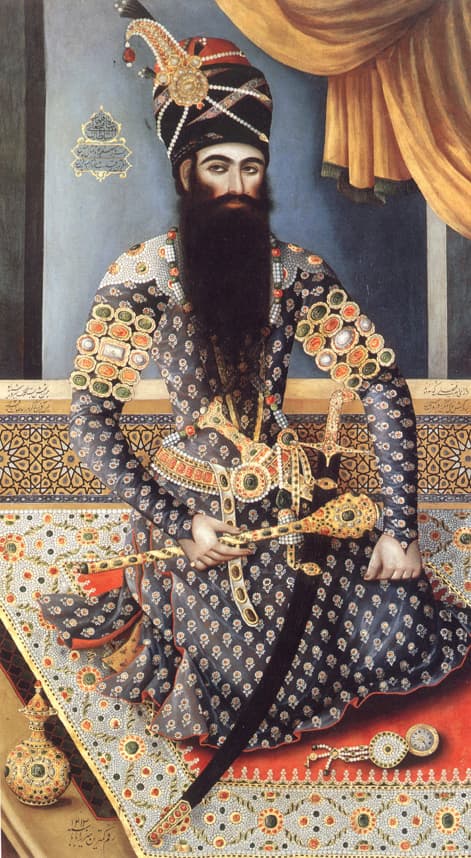
An early painting of Fath Ali Shah Qajar
That treatise was finally signed in 1807, with France guaranteeing the territorial integrity of Persia, recognizing Georgia as a Persian province, and promising to assist the Shah in repelling the Russians from its frontiers. In return, Persia promised to break off political and commercial ties with Britain and encourage the Afghanis and Kandaharis to join Persia in the invasion of India.
For the Shah of Persia, the piano was a purely decorative object for presentation purposes, and it stood proudly in the corner of a hall in Golestan Palace. Nobody paid much attention to this piece of elaborate furniture, and only after a French company started selling pianos in Tehran, did the piano enjoy increased popularity.
Alireza Mashayekhi: Mercury
Hegemony and Trans Culture
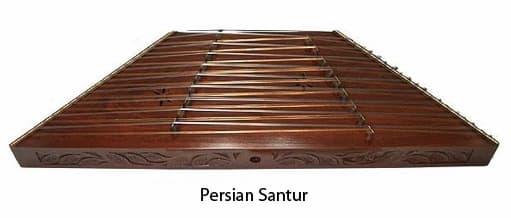
Persian Santur
That popularity, according to some of the more recent cultural investigations, was responsible for a displacement of local performance practices. According to the Iranian researcher and pianist Maryam Mehraban, “the colonial powers brought not only political or socio-economic structures, but also cultural elements, among them was the piano.”
I suppose, in our current climate of Post-Colonial logic, the introduction of the piano to Asia, Africa, and South-America was a horrible thing. It’s particularly despicable, according to Mehraben, because Iranian music, “with its microtonality and different phrasing and complex rhythms is so very different from the musical traditions of Europe.”
To some Iranian musicians in the 19th century, however, that difference became a source of innovation. A specific technique was developed to tune, play, and compose for the piano based on Persian traditional music. I read that a renowned Persian musician and master Santur player Sarvar-ol-Molk was asked to examine a newly purchased piano.
Framarz Payvar: “Chahamezrab Nava” (Persian Santur)
The Santur
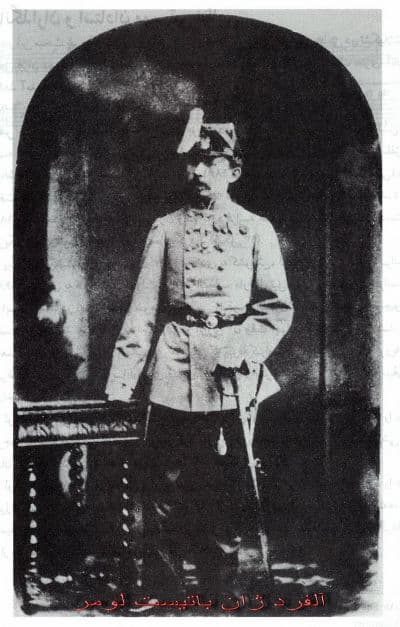
Alfred Jean-Baptiste Lemaire
The santur is a hammered dulcimer that originated in the area of Iran and dates back to several hundred years before the birth of Christ. It originally was played while hanging from the player’s neck, and the design was modified over the centuries, “yielding a wide array of musical scales and tuning.”
Back to Sarvar-ol-Molk, who decided that the piano and santur basically work on the same principle, a hammer striking a string. Apparently, he tuned the piano based on the quadritone system of Dastgahs so that Persian songs could be played on it.
Pooyan Azadeh Plays Persian Classical Piano (Quarter Tone Tuning)
Cross Pollination
This kind of cross-pollination also went the other way around. Alfred Jean-Baptiste Lemaire was a French military musician and composer teaching in the music department of Dar ul-Funun during the reign of Nasser-al-Din Shah. He is still known as the composer of the first Iranian national anthem.
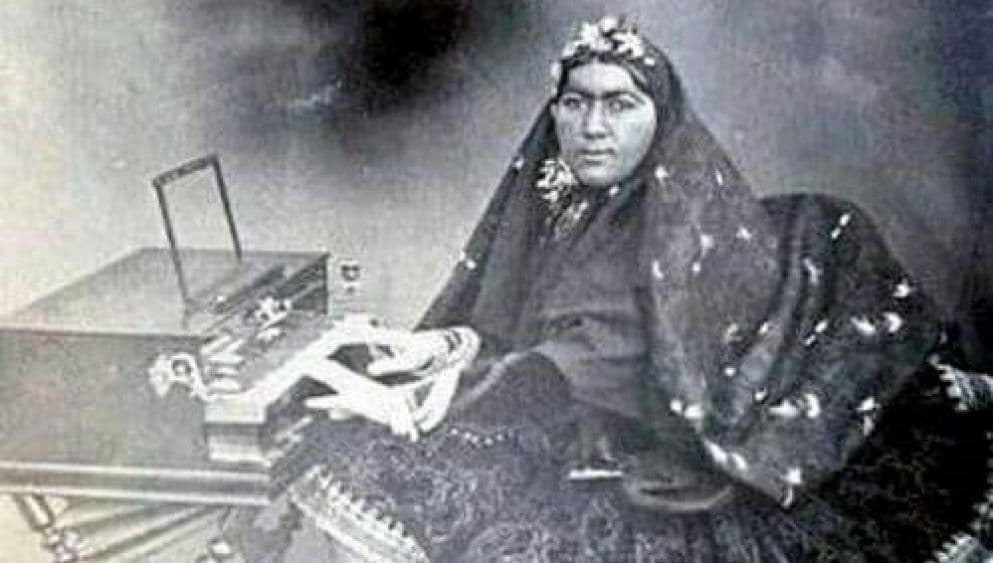
Persian piano player
In the event, Lemaire composed Persian music for piano based on classical European rules. He drew on Iranian scales and style and added classical harmonies and variations. He even sent piano arrangements of classical Persian music back to Paris for European consumption.
It would be naïve to think that either Lemaire or Sarvar-ol-Molk composed what we would call authentic music, but it is the cultural contact between the two cultures via the piano that surely is a cause for celebration on World Piano Day 2024. It’s not a question of imitation but an avenue for further development, don’t you think?
For more of the best in classical music, sign up for our E-Newsletter
